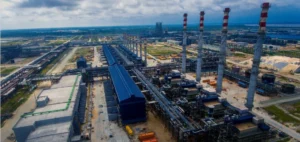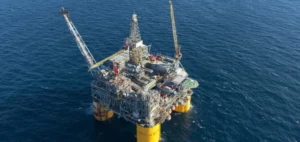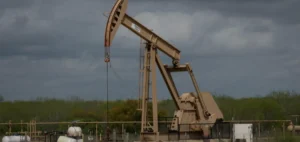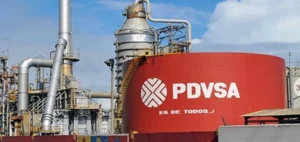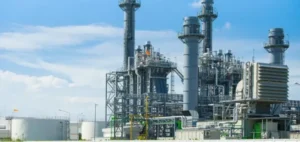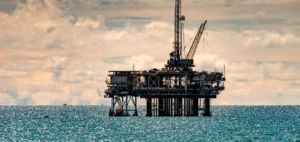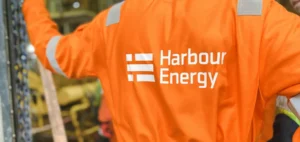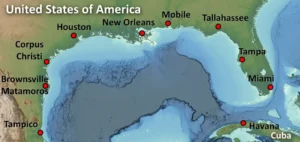Opec maintained its oil demand growth forecast for 2022 and 2023, despite slowing activity in China, in a monthly report released Tuesday.
The global oil demand growth forecast for 2022 “remains unchanged at 2.5 million barrels per day” (mb/d), Opec said in its December report.
In detail, demand “has been adjusted upwards” in the third quarter “in a context of better than expected transport fuel consumption in the OECD”, says Opec.
But this upward revision is “offset by a downwardly revised estimate” for the fourth quarter, “due to a slowdown in non-OECD countries in a context of reduced mobility and slowing industrial activity in China,” Opec adds.
Global demand is also revised downward for the first quarter of 2023.
Despite this, for next year as a whole, global oil demand growth remains unchanged at 2.2 mb/d, with OECD growth of 0.3 mb/d and non-OECD growth forecast at 1.9 mb/d, Opec says.
However, it stresses that “this forecast is subject to many uncertainties”, both in terms of global economic developments, Covid-19-related containment measures mainly in China and ongoing geopolitical tensions.
Opec countries cut production in November by 744,000 barrels per day from October to a total of 28.8 million barrels per day, according to indirect sources cited Tuesday by the cartel.
Production fell mainly in Saudi Arabia (-404,000 barrels) and the Emirates.











